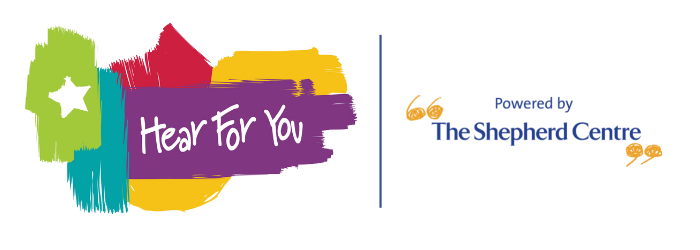The way that we communicate with people who are deaf or hard of hearing is important and especially in the use of language. There have been many discussions regarding the powerful nature of language and the role it plays in establishing a sense of respect and understanding within different communities. For example the ability to use identity-first or person-first language when describing those who are deaf and hard of hearing is an important way to acknowledge and show respect.
Within the deaf and hard of hearing community, many individuals prefer the use of identity-first language, though person-first language is highly common among other communities. It is important to understand how we can use our language to communicate more effectively, while showing respect for one another.
Identity-first language vs. person-first language
Identity-first language facilitates deaf and hard of hearing individuals to embrace their deafness or hearing loss as part of their identity. Many individuals within the deaf and hard of hearing community prefer not to use the term ‘disability’. This highlights the importance of understanding an individual’s communication preferences.
Identity-first language places the term first when describing an individual (e.g. A Deaf person or individual). For some, identity-first language enables a sense of shared culture and places hearing loss in a more diverse light.
Person-first language is less common within the deaf and hard of hearing community, though it is still important to acknowledge this form of communication. Person-first language is more commonly used among health professionals when discussing an individual’s diagnosis or their hearing loss. This form of language views only one aspect of an individual, rather than other qualities they may have. Being hearing impaired or deaf is only one characteristic that contributes to that particular individual. They may also love baseball and be tall and have brunette coloured hair.
This highlights the reasons for the use of identity-driven language within the deaf and hard of hearing community. You can find a thorough guide to inclusive language for disabilities here.
Tips when communicating with deaf and hard of hearing individuals
- Do not be afraid to ask someone what their communication preference is. This may be identity-driven language, person-first or they may communicate using Auslan (Australian sign language).
- Always face a deaf or hard of hearing individual when you’re speaking to them. This allows the individual to read your lips and maintain a conversation.
- Maintain distance. This is essential when communicating with hearing-aid users, lip-readers and those who sign.
- Speak at an even pace, clearly and steadily.
- Repeat or rephrase something if necessary. This allows for the individual to feel comfortable and increase the flow of conversation.
The more we start to acknowledge the power of language, the easier it becomes to communicate and create a culture of respect within the deaf and hard of hearing community.
How Hear For You Can Help
We have a lot of hands-on experience with deaf or hard of hearing teens, so finding research reports like these referenced above are an indication of increased awareness and social acceptance of language within our deaf community. We are pleased to be driving conversations and moving deaf issues into the forefront of mainstream society.
In addition to the factors raised above, we find these factors play a significant role in the social skills of DOHH teens:
- Family acceptance
- Level of hearing loss
- Willingness to wear devices.
Our programs and workshops are the perfect way to equip deaf teenagers with the opportunity to meet other deaf teens, learn and grow. Sometimes in our workshops, this is the first time a teenager has met or spoken to another deaf peer. However we provide the perfect platform for teens to learn more about:
- Personal identity
- Communication & conflict resolution
- Friendships
- School subject & career choices
- Casual work and career opportunities
- Teamwork & leadership
- Technology & social media safety.
Sometimes, for participants in our workshops, this is the first time a teenager has met or spoken to another deaf peer.
If you or someone you know is interested in our programs, please reach out to us and speak to one of our mentors, or join an upcoming program in your State or Territory.



